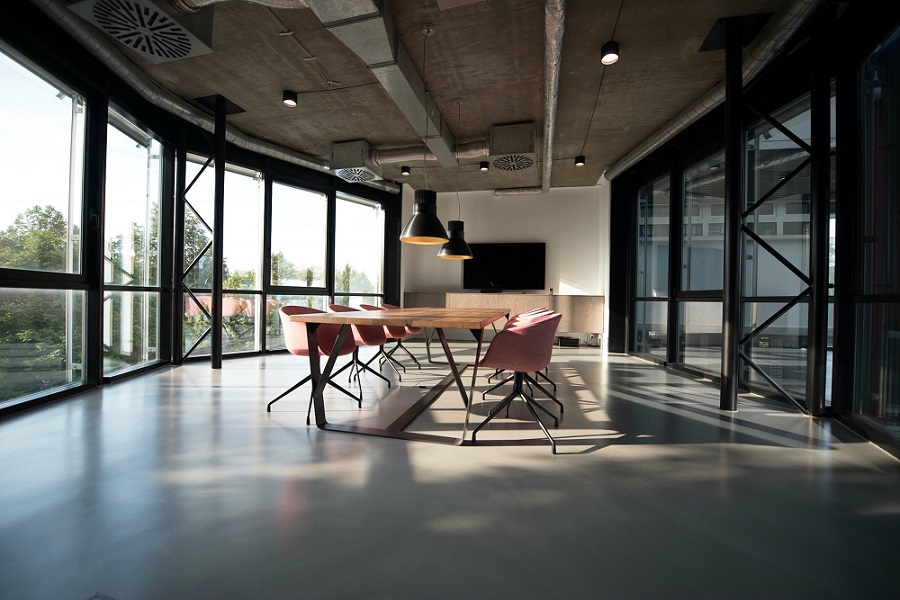
Real estate or rental costs account for the second largest cost for most companies. Workspace optimization can hence contribute to reduced business operational cost. (Read: Typical Business Operating Costs)
In general, about 40 to 60% of workstations are vacant at any given time. The recent COVID-19 pandemic has also dramatically challenged the way how people usually work. The newly enforced social distancing, staggered working hours and work-from-home requirements have forced companies to adopt new working practices, such as using tele-conference applications to conduct meetings instead of face-to-face meetings. Besides, some roles also require staff to work on-site rather than desk-bound, such as salespersons, project managers or our own interior designers who actively site-visiting clients to follow up on the projects’ progress. All these could possibly reduce the area of workspace needed.
An insight understanding of workspace utilization using data analytics can help companies repurpose the office areas to better serve companies’ needs and improve efficiency. Think about this: There is one large conference room which can accommodate 10 persons. However, the company in fact needs two conference rooms that can accommodate up to five persons each. By reconfiguring the layout to construct two conference rooms, employees no longer have to compete for the same room at any given time.
Engaging professionals specialize in workspace optimization with the use of technology to collect and analyze data pertaining to workspace utilization rates before considering office expansion which might be unnecessary could possibly save you a big sum of money.
As a conclusion, an overly cramped office makes employees feel uncomfortable and confined whereas an under-utilized workspace is an expensive but unneeded cost that can have a severe impact on a company’s competitive advantage in the long run. A thorough review of how your space is being used or “abused” (e.g. a meeting room is booked but often left unused) can help you in better planning for a change.
